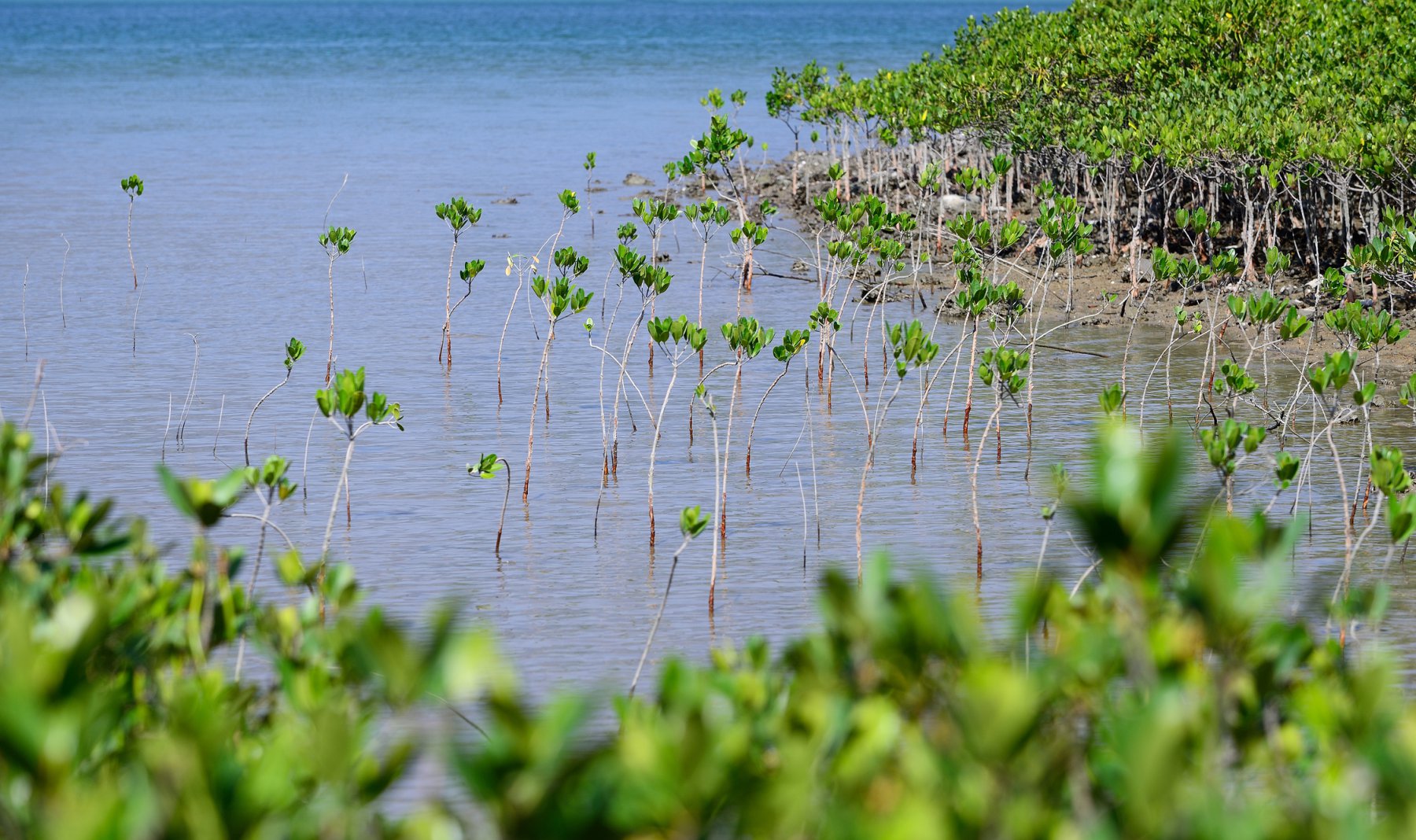The area of mangroves in China has decreased by 73% during the half-century from 1950 to 2000. At present, there remain approximately 29,000 hectares (nearly 10,000 sq meters) of mangroves in China (planted mangroves included). These are mainly distributed in the south of Hainan, Guangdong, Guangxi, Fujian and Zhejiang provinces. Although China has so far established 34 mangrove protected areas covering around 67% of the remaining mangroves in China, mangrove ecosystems in China are still facing severe threats and pressures. To help address these issues, the Paulson Institute and Shenzhen Mangrove Conservation Foundation launched the “Study on China’s Mangrove Conservation and Restoration Strategy” in November 2018.
Open Full Project Details
The Study on China’s Mangrove Conservation and Restoration Strategy promote the formation and implementation of a national strategy for mangrove ecosystem conservation and restoration in China. The study will examine the threats to mangroves from urbanization and consequent infrastructure development, pollution (including land-based sources), unsustainable agricultural use of mangroves (including aquaculture and production of sea salt), inadequate coverage of mangroves protected areas and poor management, lack of effective policies, laws and coordination, lack of systematic scientific research and planning, and insufficient public and stakeholder participation.
The specific objectives of the project are as follows:
- To assess the current status of, and threats to, conservation and restoration of mangrove ecosystems
- To study new approaches for recovery and sustainable use of mangrove ecosystems, based on the successful experience from international case studies
- To identify priority areas for conservation and restoration of mangrove ecosystems
- To put forward strategies and policy recommendations on conservation and restoration of mangrove ecosystems
Open Full Project Details


